Mommy, why does it rain?
Or, lately, the question is: Why does it drizzle, rain, and pour so much around here?
April is the month of showers and we are eagerly awaiting the May flowers those storms will bring.
We did two experiments to learn more about why it rains.
Experiment #1: Cotton Ball Clouds
Question: What happens when a cloud becomes full of moisture?
Hypothesis: It will rain.
Materials:
- cotton ball
- small tray or bowl filled with water
Procedure:
1. Ask your child to describe the dry cotton ball and record their observations. My children came up with “soft, light, dry”.
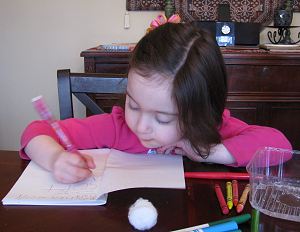
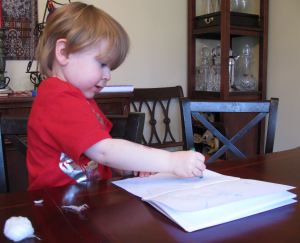
(my son isn’t actually writing but he has a “Science Journal” so he’ll feel included, too)
2. Have your child dip the cotton ball into the water and then describe the cotton ball. My children said the cotton ball was “wet, heavy, and dripping”.
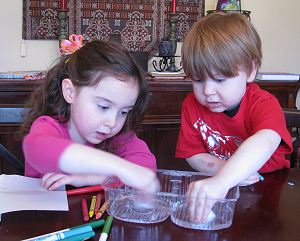
3. Apply a little pressure and the “rain” will drip out of the cotton ball.
Experiment #2: Rain in a Jar
Question: What happens when steam cools?
Hypothesis: It becomes water again.
Materials:
- jam jar or mason jar
- water
- ice
Procedure:
1. Fill the jar with very hot water (from the tap or heat to just before boiling).
2. Quickly replace the top and let sit for a few minutes. Ask your child to observe what they see. (My children noticed steam in the jar.)
3. We drew a jar in the science journal and labeled the water “hot”.
4. Have the children place ice on top of the jar. Label the top of the jar “cold”. Observe what happens. (My children noticed water dripping down the sides of the jar.)
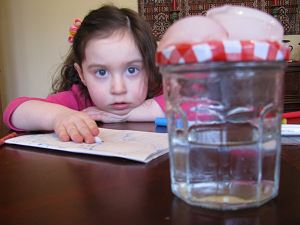
5. At this point, I introduced the terms: water cycle, evaporation, condensation, precipitation, and collection.
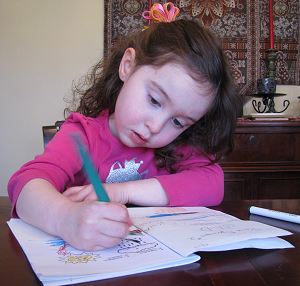
6. We finished by coloring-in this water cycle chart.
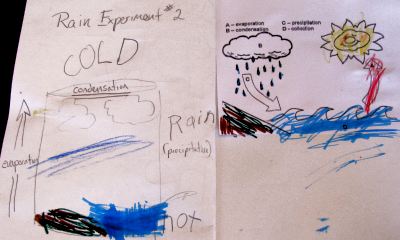
Picture Books About the Water Cycle:
The Falling Raindrop by Neil Johnson and Joel Chin: A falling raindrop is terrified about his fate. Once he crashes into a camp fire and becomes a wisp of steam, he realizes that he will rise up to the clouds and become a raindrop again. We love the simplicity of this book and its minimalist illustrations. While my toddler can follow it easily, we can use it as a springboard for discussing the water cycle with my preschool-aged daughter.
If you want more detail about the water cycle, try these picks:
- The Magic School Bus Wet All Over: A Book About The Water Cycle
- A Drop of Water
- The Snowflake : A Water Cycle Story
Shared at: Science Sunday

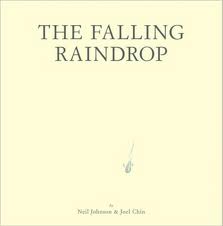
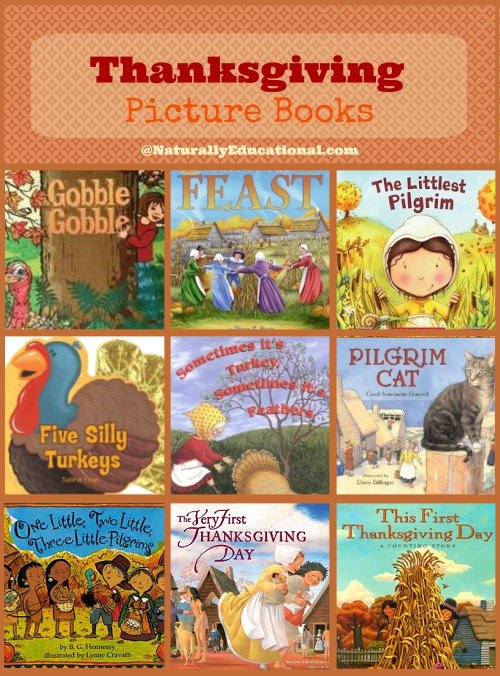

Wow, what simple, easy to understand and meaningful lessons! I love that the lessons are integrated with science and language.
This must have been the week for water cycle. I think this is the third post I’ve read linked up about water cycle, and I wrote a post this week for ABC & 123 about rain also.
I love the activities you did.